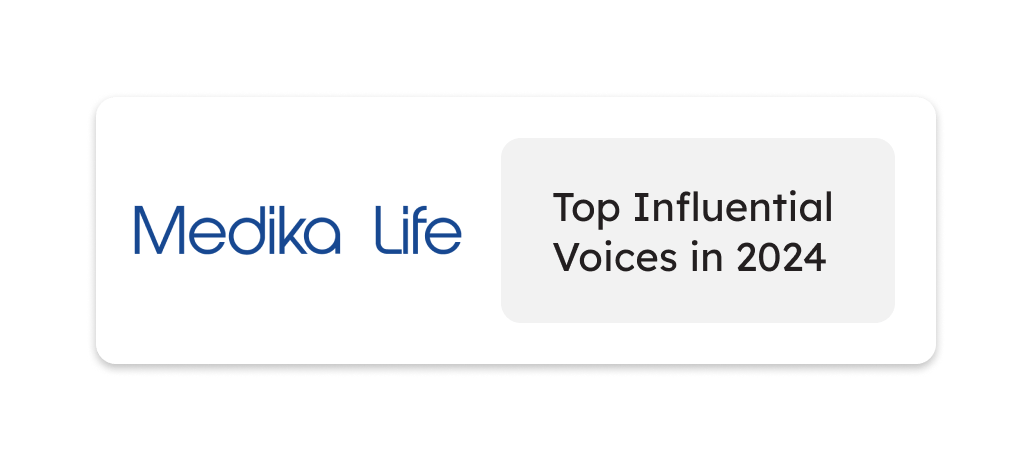ESMO Real World Data and Digital Oncology Journal | VOLUME 4, 100041, JUNE 2024.
Published: May 13, 2024DOI.
Authors: E. Shachar, S. Peleg-Hasson, D. Vorobiof, E. Waller, T. Safra, I. Wolf
Highlights
- Cancer patients’ real-world-behavior reveals compromised daily life activities (DLA).Avoidance behaviors include limited social and environmental interaction.
- Patients abstain from holding grandchildren, travel, sun-exposure, public places.
- Existing healthcare advice and resources frequently fall short.
- Clear guidelines are needed, to enhance patients’ real-life QoL.
Background
Health-related quality of life is commonly used as an endpoint in clinical trials. While it evaluates the presence of symptoms, it does not measure patients’ ability to maintain normal daily life activities (DLA). We designed a daily life assessment tool, validated among actively treated cancer patients at a single center before the coronavirus 2019 pandemic. We discovered that most patients reported compromised daily activities. In this study we aimed to examine DLA in an international cohort.
Methods
A locally validated questionnaire was distributed internationally using the Belong.life digital health platform. We examined real-world patient-reported practices. The survey consisted of demographic, clinical, behavioral parameters and sources guiding and supporting patient practices.
Results
The study comprised 1395 patient-reported outcomes. The majority of participants (1005, 73%) reported at least one adopted limitation in daily activities, and 305 (22%) maintained more than half of these constraints. Daily life restrictions included avoiding sun exposure (779, 58%), international travel (417, 33%), indoor public places (431, 33%), hair dyeing (271, 23%), domestic tourism (284, 22%), contact with friends and family (231, 18%), children and grandchildren (202, 16%), public spaces (190, 14.62%), and contact with pets (135, 10%). Multiple sources were implicated by patients guiding their behavior, including healthcare professionals (951, 66%), non-medical authorities [(internet, patient forums, partners, friends, and family (171, 12%)], and both non-medical authorities and the healthcare team (320, 22.19%). There was no association between country of origin (P = 0.12), and education level (P = 0.36) across patients who maintained strict (≥50% of the limitations) and less strict restrictions (<50% of the limitations). A significant association was noted between younger age (P = 0.001), female sex (P = 0.01) and primary cancer site (P < 0.0001), and the adoption of strict restrictions.
Conclusion
The majority of patients globally reported compromised daily activities, which are likely attributed to misconceptions about therapy and disease. These findings call for the assessment of an overlooked measure, DLA reflecting real-life quality of life, as an additional endpoint of clinical trials, aiming to achieve the ultimate benefit for our patients, a measure of a full and meaningful life.








